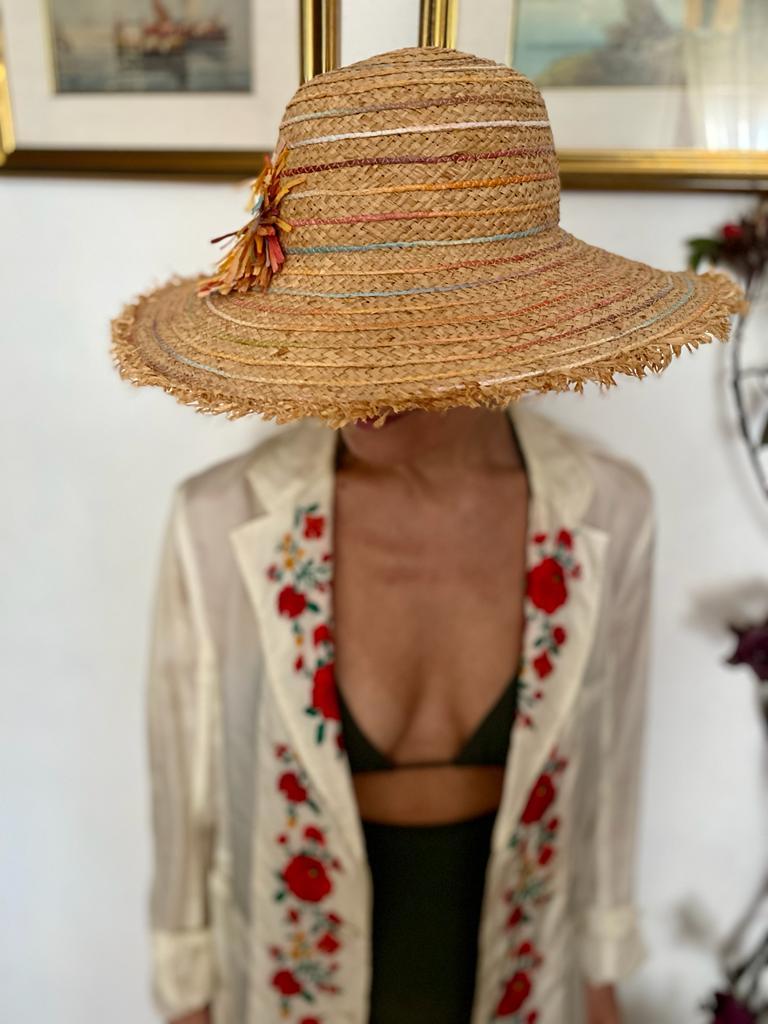Do you know what beauty is?
Apart from the male perspective, which has always ruled women’s life, there’s more to explore about modern beauty standards.
Even bearing in mind the subjectivity of the matter, aesthetic judgement isn’t about beauty itself anymore, as an archetype or related to physical traits.
Modern beauty: what influences our judgement?
Analysing beauty standards, we have to consider two main factors:
First, beauty is the embodiment of a male perspective. Therefore, it’s a matter of power. The male eye works like a filter, shaping and dictating women’s choices. This judgemental screen took over women’s viewpoint, almost as a natural feature which limits independent activity. So that women themselves play the man’s games.
Second, contemporary beauty is a market issue. The commercial factor is crucial in understanding modern beauty standards: the product of brainwashing through advertising, movies, tv programs, social media etc.

“Self-esteem is the reputation we acquire
with ourselves.”
Nathaniel Branden
Modern beauty stereotype
From thin to curvy, plastic dolls are the stereotype. But all shapes have the same cookie-cutter features: doughnut lips, cheekbones like protruding mountains, and eyebrows like they got scared. Sadly, that botox expression will never disappear from their face.
The emulation process triggered in young girls’ minds and adult women, whose self-esteem is not solid, is appalling. Furthermore, self-esteem is a work-in-progress because reaching self-awareness is a growth process. And you don’t just snap your fingers to gain it.
However, this emulation is the result of the brainwashing system, a form of persuasion that makes women look all the same, like fake plastic dolls.
Is that beauty? No, it’s business. Indeed, it’s a very profitable business.
And so, beauty standards have to do with male power and market demands more than any archetypal or old-fashioned rule.
In prehistory, the traits connected to fecundity were considered beautiful. Specifically, the Palaeolithic Venus was more generous and curvy. The Greek Venus had a more slender figure. Therefore, the beauty archetype was associated with given characteristics.
What about the modern beauty myth?
Modern beauty is not only about power but also a market issue.
And so, forget who you are. Go and buy your new equipment.
In the end, beauty is just a product.